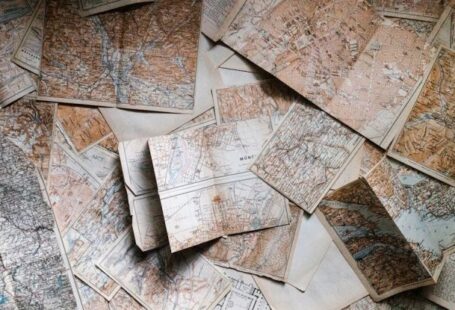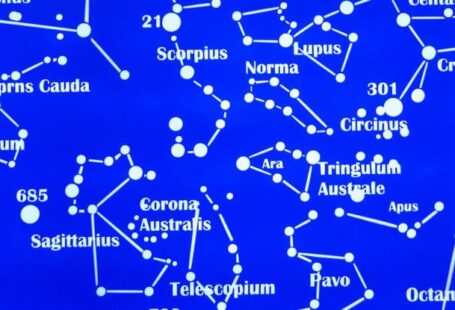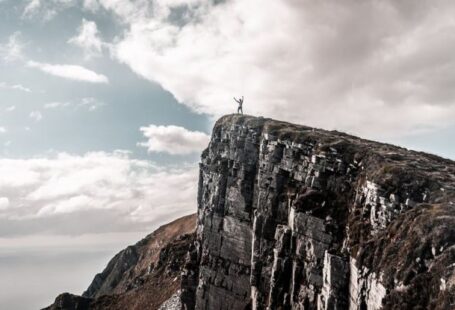In the realm of cartography and geographical data collection, the integration of traditional field sketching techniques with modern digital mapping technologies has proven to be a powerful combination. While digital mapping tools have revolutionized the way we capture and analyze spatial information, the art of field sketching continues to hold its own unique value in providing a deeper understanding of landscapes and environments. By merging these two approaches, cartographers and geographers can achieve a more comprehensive and nuanced representation of the world around us. This article delves into the ways in which field sketching can complement digital mapping techniques, enhancing the accuracy, richness, and contextuality of spatial data.
**Enhancing Spatial Awareness**
One of the key advantages of field sketching lies in its ability to enhance spatial awareness and perception. When individuals engage in on-site sketching, they are forced to observe and interpret the landscape with a heightened level of attention to detail. This hands-on approach allows cartographers to capture nuances that may be overlooked by digital mapping technologies alone. By physically immersing oneself in the environment, individuals can better understand the scale, topography, and relationships between different features, leading to more accurate and insightful representations of the landscape.
**Capturing Subjectivity and Artistic Interpretation**
Field sketching also offers a means of capturing the subjective and artistic interpretations of the landscape. While digital mapping tools provide precise measurements and coordinates, they often lack the human touch and creative input that come with hand-drawn sketches. Through field sketching, cartographers can infuse their personal perspectives, emotions, and experiences into their maps, adding a layer of richness and storytelling that goes beyond mere spatial data. This subjective element can help convey the essence and character of a place, making maps more engaging and evocative for end-users.
**Supporting Rapid Data Collection in Remote Areas**
In remote or inaccessible areas where digital mapping tools may have limitations, field sketching can serve as a valuable alternative for rapid data collection. By carrying a sketchbook and a set of drawing tools, researchers and explorers can quickly document geographical features, landmarks, and observations on the spot. This real-time data collection method can be particularly useful in fieldwork scenarios where internet connectivity is scarce or where detailed maps are not readily available. Field sketches can provide immediate visual representations that can later be digitized and integrated into mapping platforms, bridging the gap between on-the-ground observations and digital mapping applications.
**Fostering Creativity and Innovation**
The marriage of field sketching and digital mapping techniques encourages creativity and innovation in the field of cartography. By combining the precision of digital tools with the artistic freedom of sketching, cartographers can experiment with new ways of visualizing spatial data and creating dynamic, interactive maps. This hybrid approach allows for the exploration of unconventional map styles, symbology, and representations that push the boundaries of traditional cartographic conventions. Through this fusion of art and technology, cartographers can break free from rigid mapping standards and explore innovative ways of communicating spatial information.
**Embracing a Holistic Approach to Mapping**
By embracing both field sketching and digital mapping techniques, cartographers can adopt a more holistic and multidimensional approach to mapping. While digital tools excel in capturing large-scale spatial data with precision and efficiency, field sketching adds a humanistic element that grounds maps in the lived experience of the landscape. The integration of these two methods allows for a more complete representation of geographic spaces, blending scientific accuracy with artistic expression and subjective interpretation. This holistic approach to mapping not only enhances the quality and depth of spatial data but also fosters a deeper connection between humans and the environments they inhabit.
**In Summary**
Field sketching and digital mapping techniques are not mutually exclusive but rather complementary tools that can be leveraged to create more nuanced, accurate, and engaging maps. By combining the precision of digital tools with the creativity and subjectivity of hand-drawn sketches, cartographers can achieve a more holistic understanding of landscapes and environments. This integration allows for the capture of subtle details, the infusion of personal perspectives, and the exploration of innovative mapping techniques. By embracing both traditional and modern approaches to mapping, we can unlock new possibilities for representing and interpreting the world around us.





